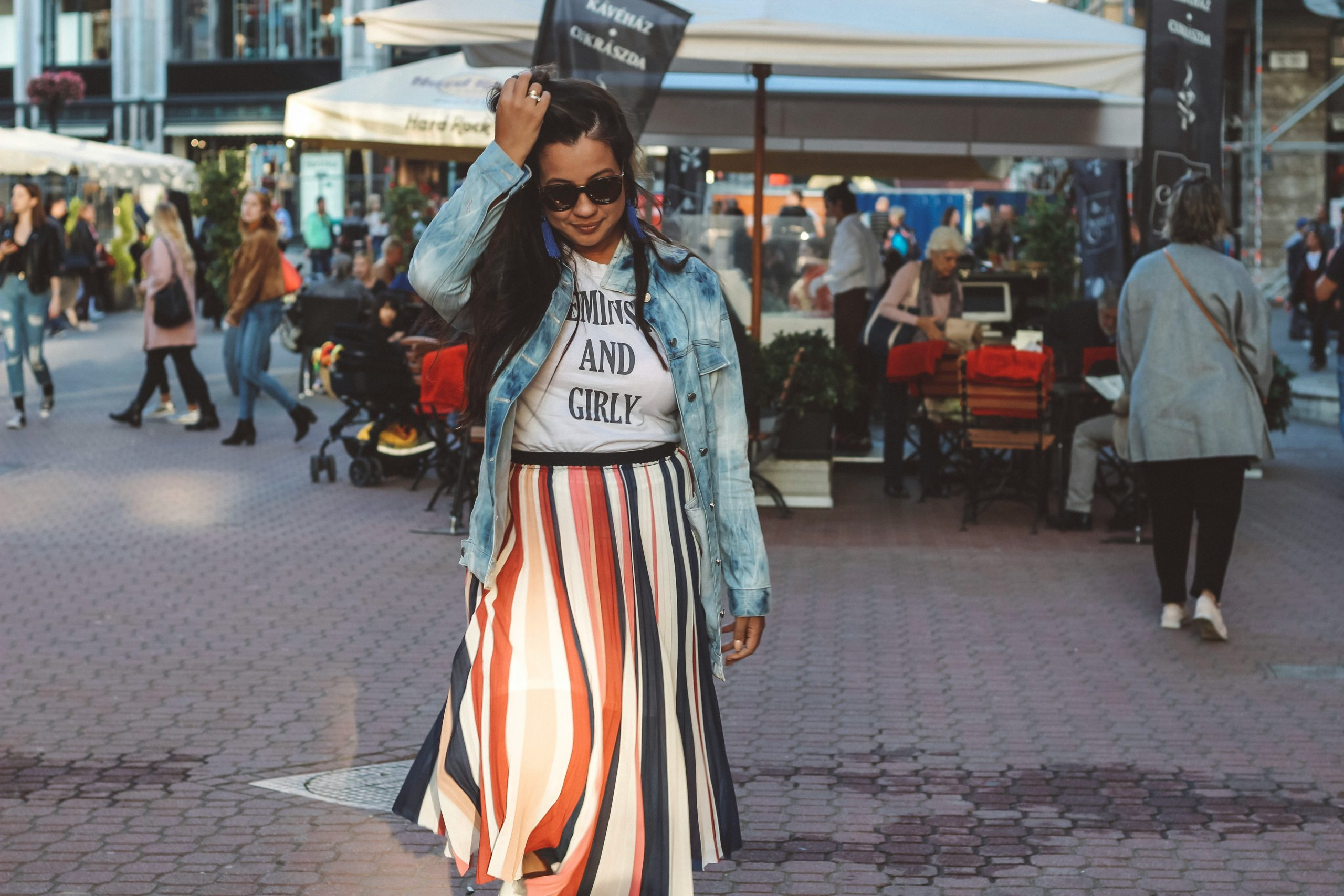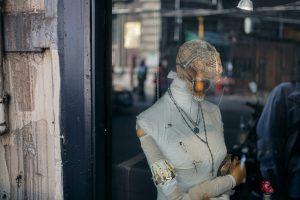The surprising influence of subcultures on high fashion
The world of high fashion is shrouded in exclusivity and elitism, adorned with glamorous runways and high-end clothing. Yet despite its reputation as an upper-class industry, fashion has been greatly influenced and shaped by various subcultures over the years. These groups, often marginalized by mainstream society, have left a significant mark on the fashion world and their impact continues to be felt today. From punk rock to streetwear, the surprising influence of subcultures on high fashion is undeniable and worth exploring.
The Rise of Subculture Fashion
The idea of fashion as a form of self-expression and identity has been around for centuries. However, it wasn’t until the mid-20th century that subcultures began to have a significant impact on mainstream fashion. This was largely thanks to the rise of youth culture and the rebellious spirit of the 1950s and 1960s, which rejected traditional norms and embraced new forms of self-expression through fashion.
The Punk Movement
Punk culture emerged in the 1970s as a response to the political and social turmoil of the time. It was characterized by its rejection of mainstream society and its DIY attitude. The punk fashion aesthetic was a direct rebellion against the flashy and glamorous looks of high fashion. Instead, it embraced ripped and safety-pinned clothing, bold colors, and edgy hairstyles. This underground movement caught the attention of high-end fashion designers, who began incorporating elements of punk into their collections. Suddenly, leather jackets and ripped jeans became fashion staples, and the punk look went from being a symbol of rebellion to a symbol of luxury.
The Influence of Streetwear
In the 1990s, streetwear emerged as a subculture fashion trend that has since become a dominant force in the fashion world. Rooted in hip-hop culture, streetwear blends elements of athletic and casual clothing with high-end fashion. What started as a way for inner-city youth to express their creativity and individuality has now become one of the most sought-after and profitable fashion categories. The influence of streetwear in high fashion can be seen in collaborations between luxury brands and streetwear labels, such as Supreme and Louis Vuitton. It has also led to the rise of luxury streetwear brands like Off-White and Fear of God, which have gained a cult following among fashion-savvy millennials.
The Impact on Runways and Beyond
The influence of subcultures on high fashion extends beyond clothing and into the world of runway shows and advertising. In recent years, there has been a shift towards diversity and inclusivity in the fashion industry, and much of this can be attributed to the influence of subcultures. Designers are now making a conscious effort to feature models of different ethnicities, body types, and ages on the runway, as well as in their advertising campaigns. This has not only opened up opportunities for underrepresented groups in the fashion industry but has also resulted in a more diverse and authentic representation of fashion.
The Future of Subculture Fashion
The impact of subcultures on high fashion shows no signs of slowing down. As society becomes more accepting and embracing of diversity, subcultures will continue to influence and shape mainstream fashion. We can expect to see more collaborations between luxury brands and streetwear labels, as well as a greater focus on diverse models and unconventional styles on the runway. Fashion no longer belongs solely to an elite few, but rather to a diverse and ever-evolving global community.
In conclusion, subcultures have played a pivotal role in shaping the fashion industry and continue to do so today. From punk to streetwear and beyond, these marginalized groups have challenged traditional norms and brought new perspectives and styles to the world of high fashion. Their influence has not only elevated subcultures to the mainstream, but it has also opened up fashion to a more diverse and inclusive audience. The surprising influence of subcultures on high fashion speaks to the power of self-expression and the limitless possibilities of fashion as a form of art and identity.










